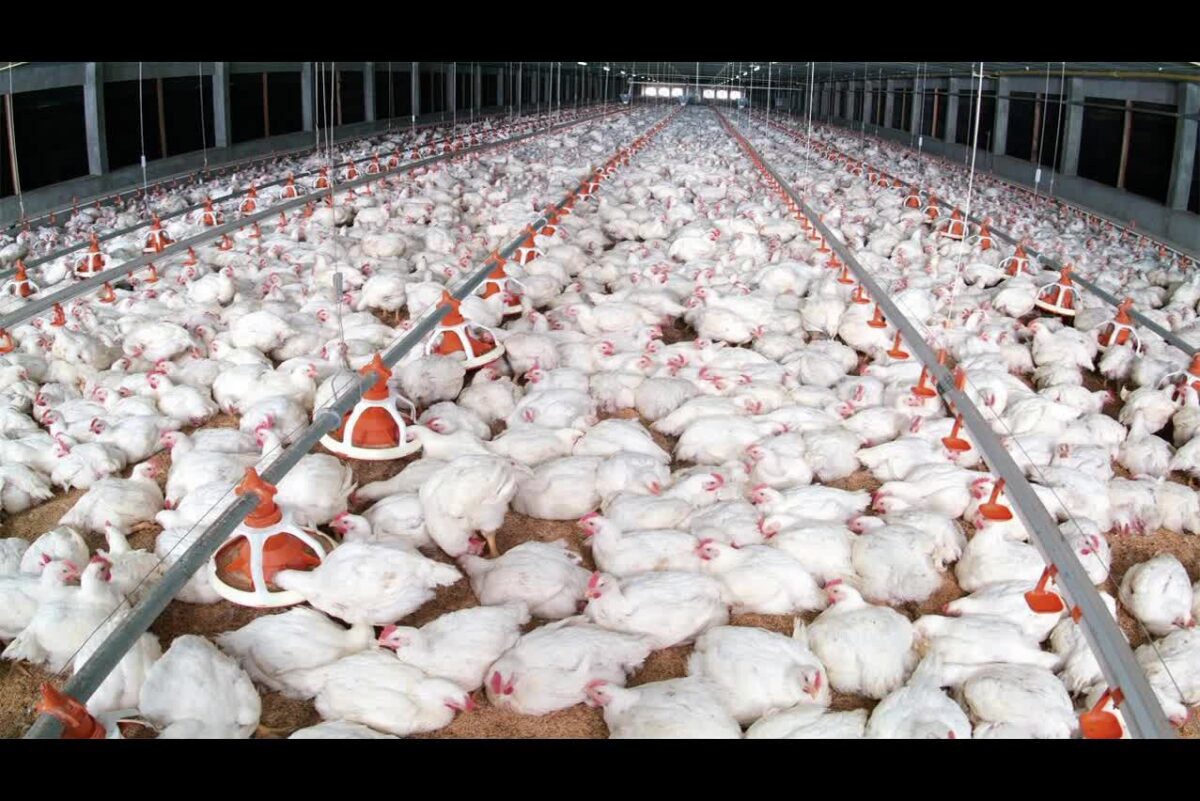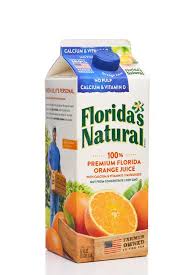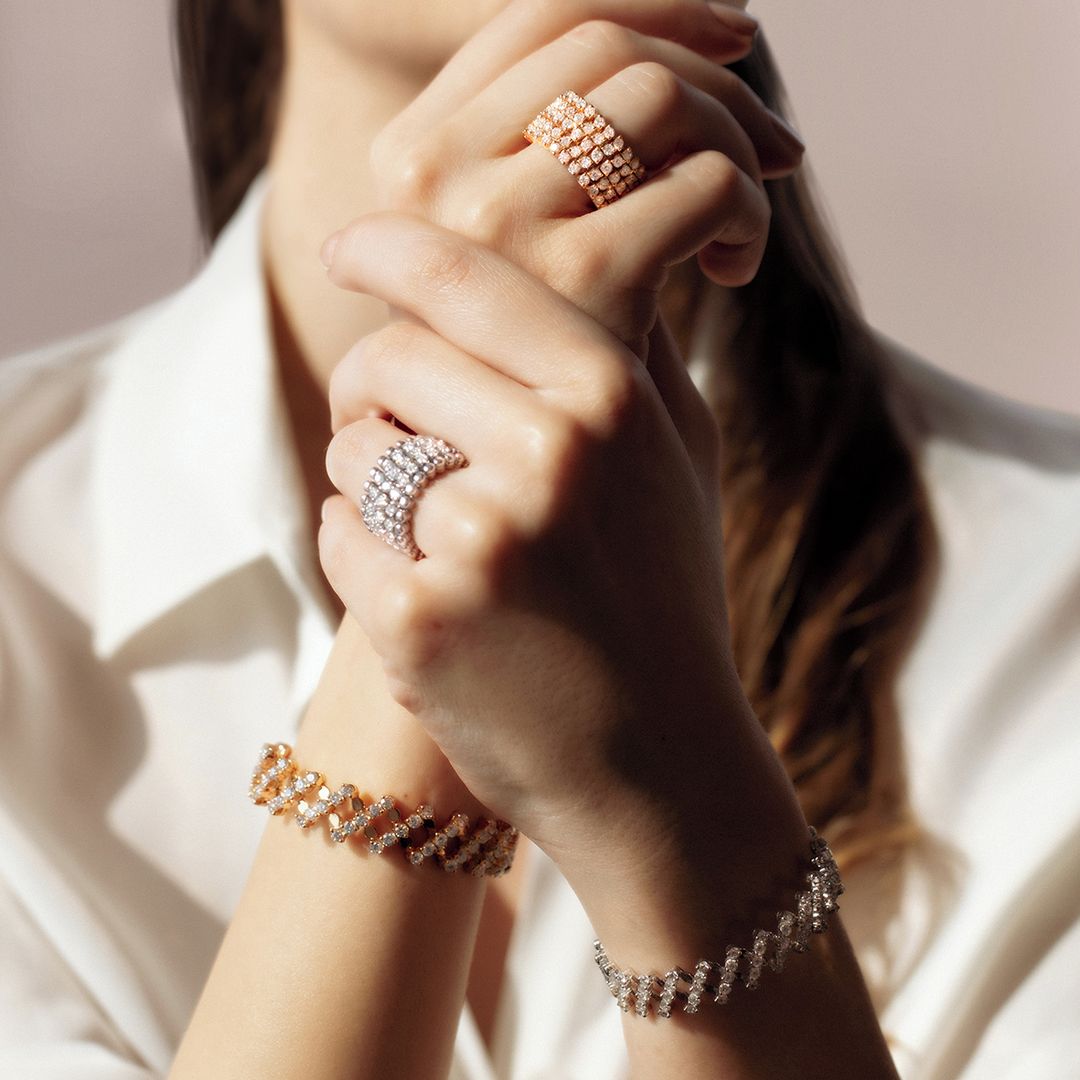Difference Between Satin Vs Fill Stitch In Machine Embroidery
Machine embroidery has revolutionized the way we add decorative designs to fabrics, allowing for intricate and precise stitching with the help of modern technology. Among the various techniques used in machine embroidery, satin stitch and fill stitch stand out as two popular choices, each with its own unique characteristics and applications.
Satin Stitch
Satin stitch is a fundamental technique in machine embroidery characterized by its smooth, glossy appearance. This stitch is created by closely spaced parallel lines of stitching, forming a solid block of color. It is commonly used for creating borders, text, and intricate designs with smooth edges.
One of the primary advantages of satin stitch is its ability to produce a polished and professional-looking finish. It is ideal for designs that require a high level of detail and precision, as it can effectively cover small areas with dense stitching. However, satin stitch may not be suitable for large areas or designs with sharp corners, as it can result in puckering or distortion.
Fill Stitch
Fill stitch, also known as tatami stitch, is another essential technique in machine embroidery that involves filling in larger areas with solid blocks of stitching. Unlike satin stitch, fill stitch creates a textured appearance, similar to the weave of fabric. It is commonly used for filling in backgrounds, larger shapes, and areas that require coverage with minimal thread usage.
One of the key advantages of fill stitch is its versatility. It can be adjusted to create different textures and densities, allowing for various effects in embroidery designs. Additionally, fill stitch is often more forgiving than satin stitch when it comes to covering uneven or textured surfaces.
Key Differences Between Satin and Fill Stitch
While both satin and fill stitch are essential techniques in machine embroidery, they have distinct differences that make them suitable for different types of projects.
- Stitch Appearance: Satin stitch produces a smooth, glossy finish, while fill stitch creates a textured appearance similar to fabric weave.
- Durability: Satin stitch is more prone to wear and tear over time, especially in high-friction areas, whereas fill stitch provides better coverage and durability.
- Versatility: Satin stitch is ideal for intricate designs and small areas, while fill stitch is better suited for filling in larger areas and backgrounds.
Choosing Between Satin and Fill Stitch
When deciding between satin and fill stitch for a machine embroidery project, several factors should be considered, including the design complexity, fabric type, and intended use of the finished product.
- For designs requiring smooth edges and fine detail, satin stitch is the preferred choice.
- For larger areas and backgrounds, fill stitch offers better coverage and efficiency.
- It is essential to experiment with both techniques to determine which one best suits your specific project requirements.
Importance of Embroidery Digitizing Service
Regardless of whether you choose satin stitch or fill stitch for your machine embroidery project, the quality of the final result often depends on the accuracy of the embroidery digitizing process. Embroidery digitizing involves converting design artwork into embroidery machine-readable formats, ensuring precise stitching and optimal results.
A professional embroidery digitizing service plays a crucial role in this process, using specialized software and expertise to create high-quality embroidery files. By utilizing an embroidery digitizing service, you can ensure that your designs are translated accurately into embroidery formats, resulting in crisp, clean stitching and professional-looking embroidery projects.
Conclusion
In summary, satin stitch and fill stitch are two essential techniques in machine embroidery, each with its own unique characteristics and applications. Understanding the differences between these stitches and their respective strengths and weaknesses is crucial for achieving the desired results in embroidery projects. Whether you opt for the smooth finish of satin stitch or the textured appearance of fill stitch, the key is to choose the technique that best complements your design and project requirements.
FAQs
- Can I use both satin and fill stitch in the same embroidery design?
- Yes, combining satin and fill stitch can add depth and dimension to your embroidery designs, allowing for more creative possibilities.
- How can I prevent puckering when using satin stitch?
- To minimize puckering, ensure that the fabric is properly stabilized and use a suitable stabilizer to support the stitches.
- What factors should I consider when selecting thread for machine embroidery?
- Factors such as thread weight, colorfastness, and compatibility with the fabric should be considered when choosing thread for machine embroidery.
- Is embroidery digitizing the same as graphic design?
- While both involve creating visual artwork, embroidery digitizing focuses specifically on convert to embroidery file formats optimized for stitching.
- Can I digitize my embroidery designs myself, or should I hire a professional service?
- While it is possible to digitize embroidery designs independently, hiring a professional embroidery digitizing service can ensure the highest quality results, especially for complex or intricate designs.










